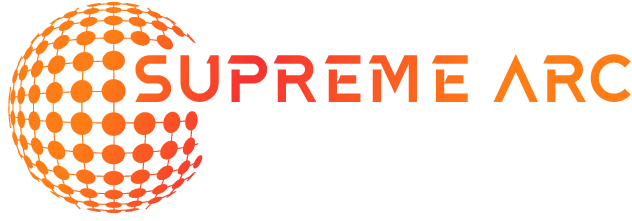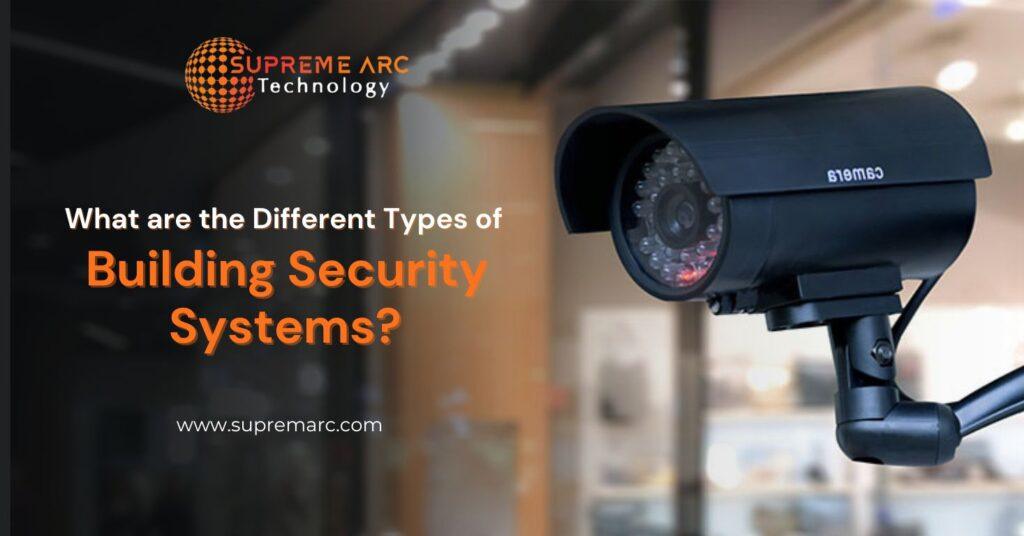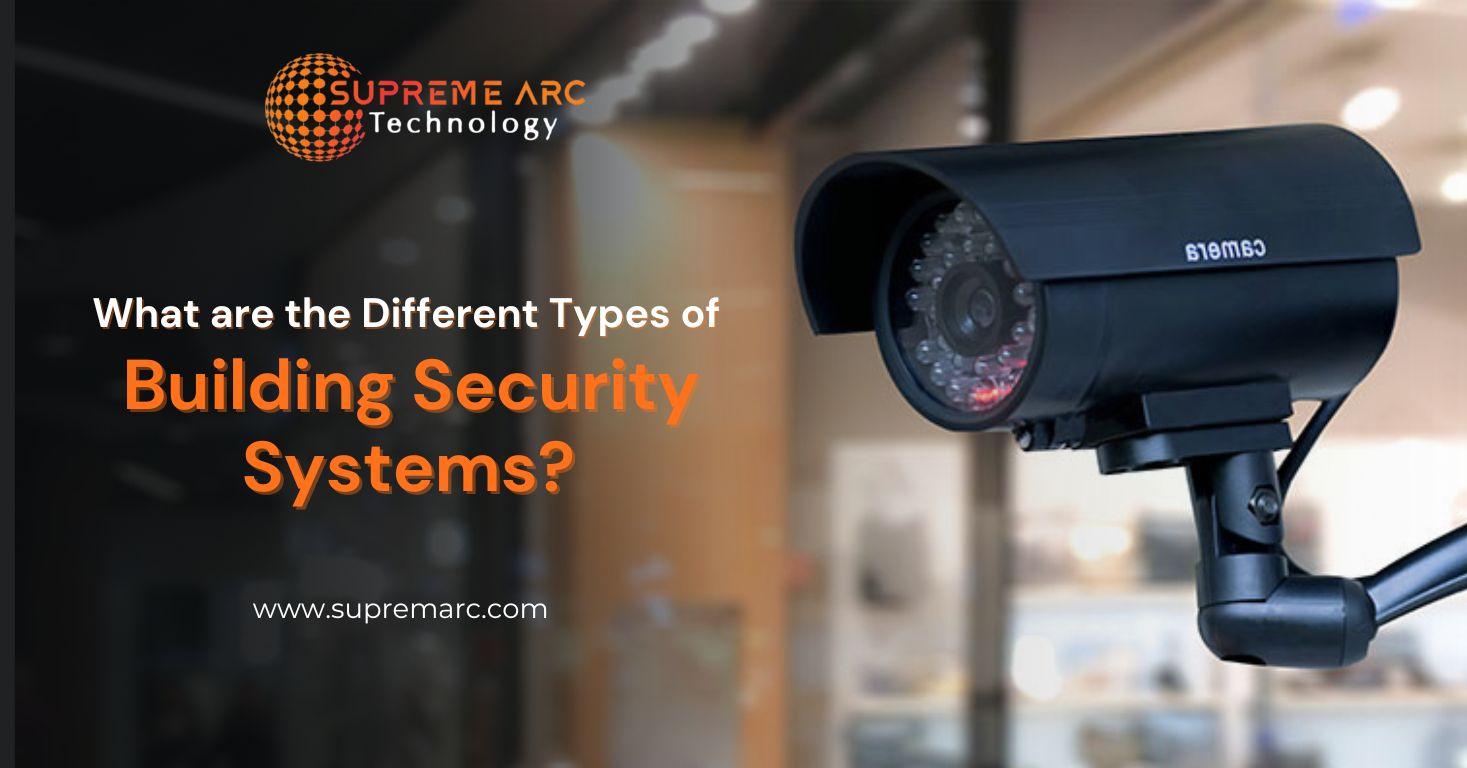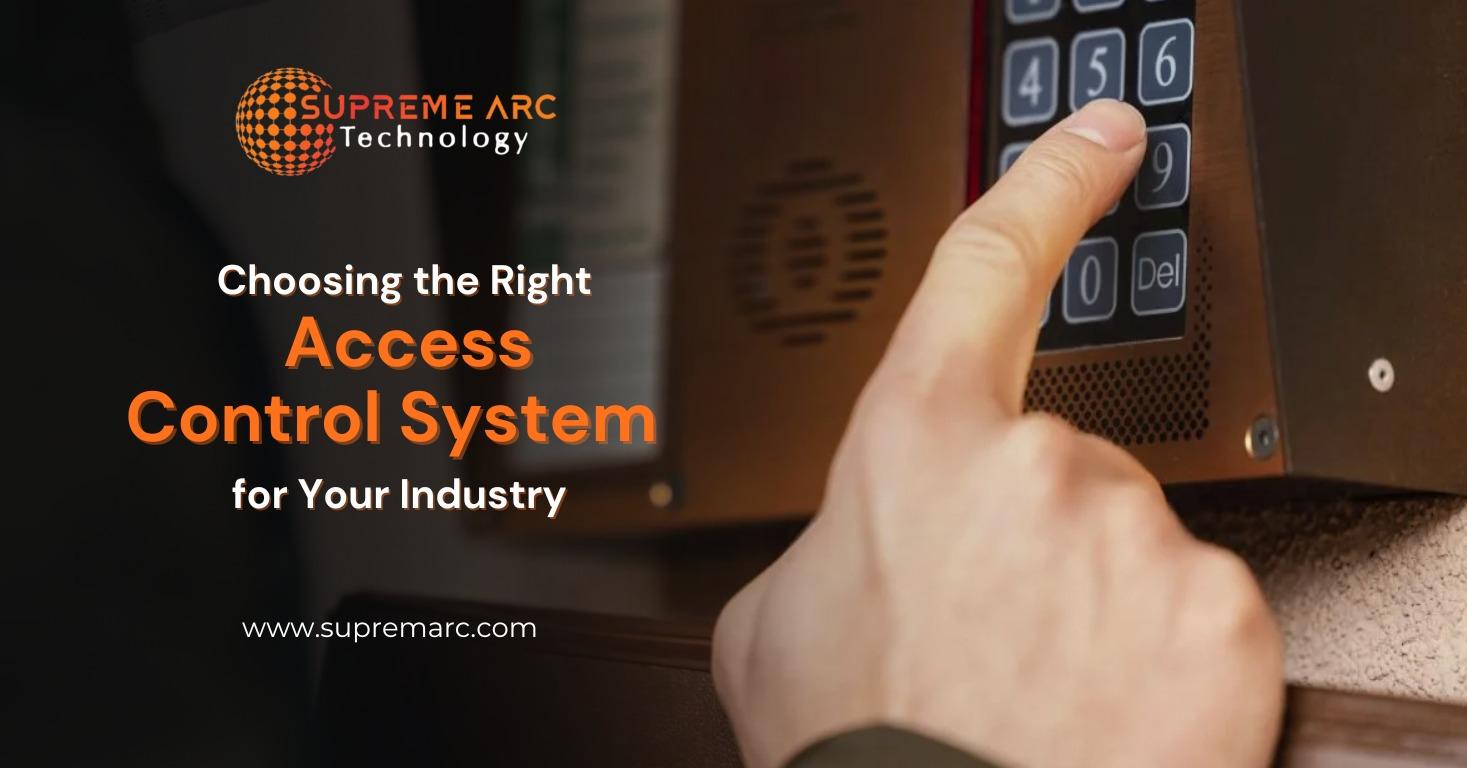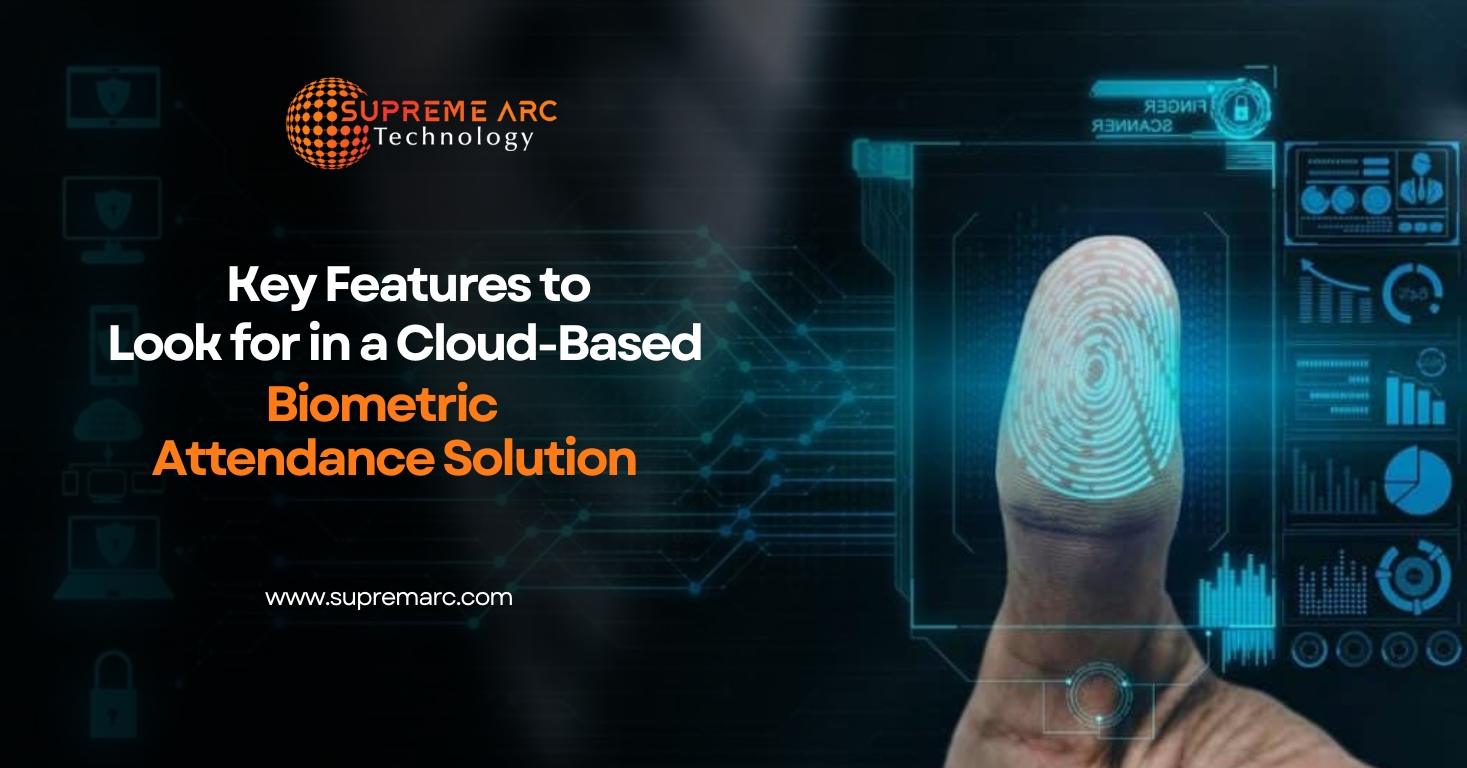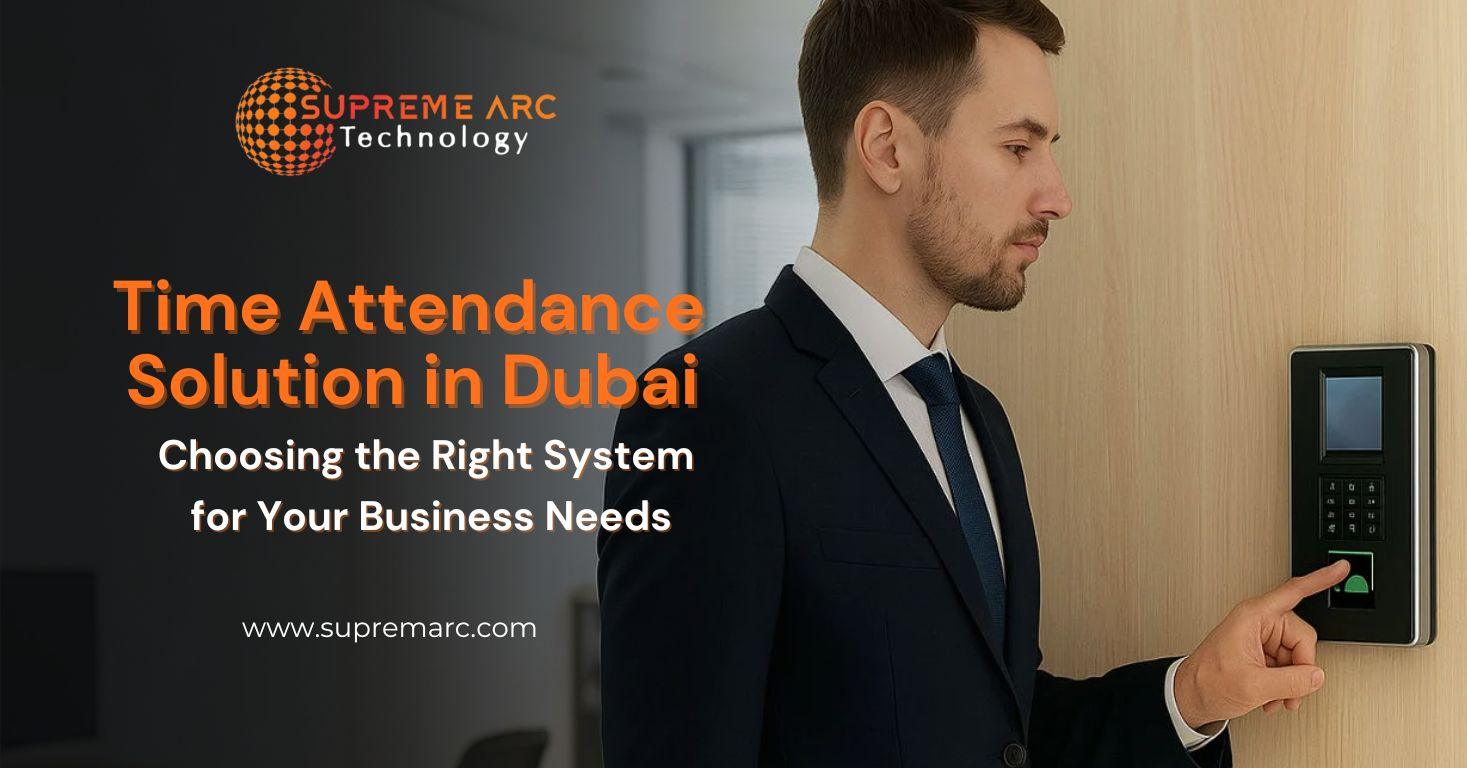In the world that moves very fast these days, building security has upped its game from being just an option to being a must have. Keeping in mind the increasing worries of theft, unauthorized access and safety hazards, the business people and the property owners are putting money into the latest technologies for the sake of the people, the assets and the operations. A well designed building security solution, along with guaranteeing safety, also becomes a medium of communication among the staff, tenants and visitors in that it transfers the message of trust.
Building security solutions are exactly what and what kinds are available? Unpack the essential categories and technologies that you may use in your facility.
What is a Building Security System?
The term building security solutions refers to the combination of physical devices, software and rules that are designed to protect a building and its users. Such systems can block the entry of unauthorized persons, keep a watch on the activities of the surrounding area, recognize the possible danger, and offer instant alerts. The need for a dependable security system is always there in ensuring the smooth running of the security and making the people have a stress free life from a small office to a large corporate building.
The core of most of the present day security systems is the building access control system which decides the persons who are allowed to enter and exit a specific area. However, access control by itself is just a small part of the security systems which nowadays rely on the integration of surveillance, alarms, and automation to establish safety networks.
Why Building Security Systems Matter
Before going into detail about the different types, it is important to have a clear understanding of the reasons allegedly cited by the organizations to put up security measures as a priority:
- Protects people and assets – Lowers the chances of the occurrences of theft, vandalism, and injury.
- Controls access – Only authorized individuals who have been verified can go into areas of high security.
- Supports the system – Lessens the possibility of disturbances caused by the unauthorized performance of activities.
- Compliance and accountability – Observes all safety standards and gives legal protection to businesses.
- Trust – Gives confidence to the employees, tenants, and guests.
Types of Building Security Systems
Here is a detailed view of the most commonly used systems in current facilities:
1. Access Control Systems
Access control forms the core of building security. Such systems have the power to define, they supply traditional keys with more intelligent and hence, more easily traceable, access methods.
Types of Building Access Control Systems are:
- Key Card & Fob Systems – Workers or residents get RFID cards or fobs through which they can open the doors.
- Biometric Systems – Takes in fingerprints, facial recognition, or iris scans as data for very strict security.
- PIN Code Entry – Usually used in smaller facilities, a numeric code allows access.
- Mobile Access – Smartphones become digital keys, thus giving users the advantage of a remote control and comfort.
Building access control systems aren’t only barriers that prevent access to unauthorized individuals, but also, they produce records that enable companies to monitor employee attendance and access activities.
2. Video Surveillance (CCTV Systems)
CCTV cameras are one of the most common elements of a security system. They operate in the role of a prevention, as well as a detection instrument.
Key Features:
- Continuous video monitoring.
- High definition video with infrared.
- Accessibility of the system from a mobile device.
- AI enabled analytics for monitoring and alarming the easiest occurrence of abnormal behavior.
Contemporary camera installations are cloud-based, which gives safe storage and easy delivery of the videos. The combination with access control allows on the spot incident verification.
3. Intrusion Detection Systems
Intrusion alarms identify the intruders who enter the premises by the doors, windows, or the areas that are off limits.
Intrusion Sensor Types:
- Motion Sensors – Capture abnormal motion within the premises.
- Glass Break Detectors – Activate alarms at the time of breaking of glass windows.
- Door Sensors – Update the user with the forced entry information of the access points.
4. Fire and Life Safety Systems
Protection against crime not only includes safety from intruders but also covers the security that the user gets from different hazards such as fire, gas leaks, and any other emergency situation.
Key Components:
- Smoke detectors and fire alarms.
- Sprinkler and suppression systems.
- Emergency lighting and exit signage.
- Integrated evacuation alerts.
These systems are largely required by the law in most countries and thus constitute an essential part of the building codes. A good security plan always combines fire safety with other security measures.
5. Intercom and Visitor Management Systems
Visitor management forms the base of offices, schools, or residential buildings. So, intercom systems usually allow talking before permission is given.
Features:
- Video and audio intercoms at entry points.
- Visitor registration systems with the possibility of scanning the ID.
- Temporary access passes or QR codes for visitors.
- Access control integration for visitor monitoring.
These measures stop unauthorized access without making the check-in process for their legitimate visitors difficult.
6. Perimeter Security Systems
The safety of the property from the outside is at least as important as the security inside. The perimeter security is the first defense.
Examples:
- Fencing with motion detectors.
- Access control made automated gates.
- Detection systems based on infrared and laser.
- Security lighting that keeps away the intruders.
Such a system, for instance, is perfect for big factories, storage facilities, and even residential areas with security gates.
7. Cybersecurity Integration
In the era of smart buildings, the arenas of security both physical and digital have merged. Tech criminals are able to attack security cameras or even steal the building’s controlled access if the systems in place are not properly secured.
Key Elements:
- Encryption of access control systems.
- IP camera installation with security firewall.
- Continuous checking and upgrading of software.
By merging cyber defense with security systems, one can be assured of protection all over in the age of digital first approach.
Choosing the Right Security System
Choosing the appropriate solution that fits the dimensions, nature, and features of your facility is the right way to go. Here are some pointers:
- Small Offices or Retail Stores – Just a basic CCTV + intrusion detection + access control would suffice.
- Corporate Buildings – The combination of advanced biometric access control + visitor management + fire safety can work effectively.
- Industrial Facilities – The facility must have strong perimeter security + video surveillance + integrated alarms.
- Residential Complexes – The use of intercom systems + mobile access + CCTV monitoring can be quite beneficial for them.
And by the way, always think about expandability, pick up the systems that suit you today and will also be able to support your future needs.
Conclusion
A robust security system within the premises is a must-have for any organization that is looking forward to protecting, not only the people and the property but also the smooth running of operations. Building access control systems that limit entry are just one part of a comprehensive security system, which also includes surveillance, alarms, and visitor management, each of which plays a vital role in the overall security of buildings.
The best part about Supreme Arc is that we have the expertise to come up with security solutions that are at the forefront of technology and perfectly fit your business requirements. If you are in charge of a corporate office, a residential complex, or an industrial facility, it doesn’t make any difference. Our proficiency will allow you to receive the perfect combination of technology, reliability, and tranquility of mind.
It is definitely more than just a security measure to put money into a modern security system, it is the first step towards a smarter and safer future.
